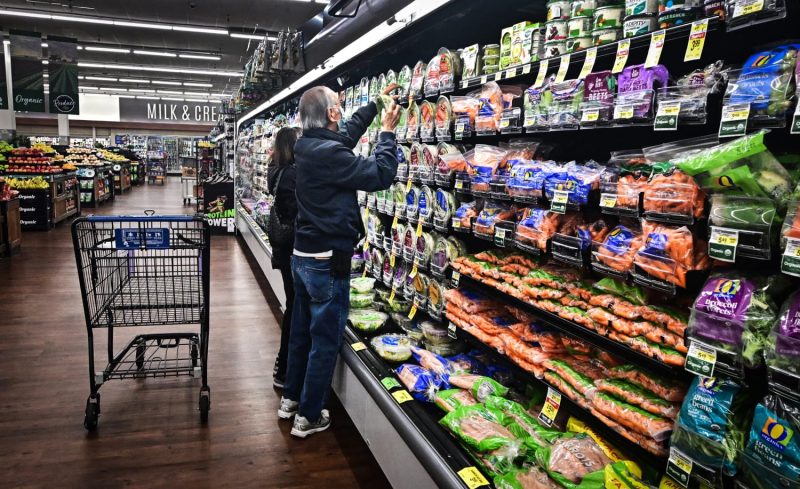In recent times, the cost of groceries has been a significant concern for consumers around the world. Factors such as inflation, supply chain disruptions, and increasing demand have all contributed to the rising prices. However, there are various ways in which consumers can potentially alleviate the burden of expensive groceries and make smarter purchasing decisions.
One key factor driving up the cost of groceries is inflation. Inflation refers to the general increase in prices of goods and services over time, resulting in a decrease in the purchasing power of consumers. The COVID-19 pandemic has further exacerbated inflation, with disruptions in the supply chain leading to shortages and price hikes for essential items.
Additionally, supply chain disruptions have played a significant role in the increase in grocery prices. The global economy relies on complex supply chains to transport goods from manufacturers to retailers. Disruptions at any point in the supply chain, such as delays in shipping or shortages of raw materials, can result in product shortages and price increases.
Moreover, changing consumer behavior has also contributed to the rising cost of groceries. As more people have shifted to online shopping and home delivery services, retailers have had to invest in infrastructure and technology to meet the growing demand. These additional costs are often passed on to consumers in the form of higher prices.
Despite these challenges, there are several strategies that consumers can adopt to potentially lower their grocery bills. One effective way is to plan meals ahead of time and create a shopping list to avoid impulse purchases. By sticking to a list and buying only what is needed, consumers can reduce food waste and save money in the long run.
Another smart approach is to take advantage of promotions and discounts offered by retailers. Many stores offer loyalty programs, coupons, and sales that can help reduce the cost of groceries. By strategically shopping during sales and using coupons, consumers can make significant savings on their grocery bills.
Additionally, consumers can consider buying generic or store-brand products instead of name brands. Generic products are often cheaper and can offer similar quality and taste compared to branded items. By opting for generic alternatives, consumers can cut down on costs without sacrificing quality.
Furthermore, buying in bulk can also be a cost-effective way to save money on groceries. Purchasing items such as rice, pasta, and canned goods in larger quantities can result in lower unit prices and reduce the overall cost of groceries. However, consumers should be mindful of storage space and expiration dates when buying in bulk.
In conclusion, the rising cost of groceries can be attributed to various factors, including inflation, supply chain disruptions, and changing consumer behavior. While these challenges may seem daunting, consumers have the power to make informed decisions and take steps to mitigate the impact of expensive groceries. By planning ahead, taking advantage of promotions, opting for generic products, and buying in bulk, consumers can potentially see relief in their grocery bills and achieve savings in the long term.





























